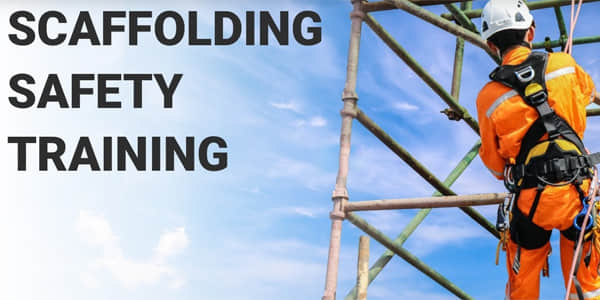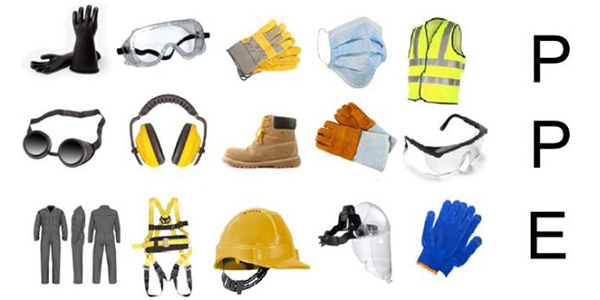What Needs to Happen To Make Scaffolding Safe for Workers
Apr 16, 2025There is absolutely no better way to get work done at height, than using scaffolding, but scaffolding also has its own risks that can be managed or can potentially result in injury due to significant incidents. The safe use of scaffolding relies on training, the right equipment, work being carried out to standards, and the proactive approach to working safely at height. This full-on guide explains the key steps to ensure a safely scaffolded work environment, especially practical steps you can take to mitigate risks in order to create a safe working environment. This documentation can range from training programs through to safety nets, to establish everything you need to keep your workforce safe.

Knowledge is the first step toward safe work. Every worker who is involved with scaffolding will need training on the scaffolding safety and how the scaffold needs to be used and the associated risks. A scaffolding training program should include:
Frequent refresher courses and evaluations are necessary to keep workers informed of procedures and best practices to decrease the risk of accidents due to human error.
All types of scaffolding are not interchangeable. Choosing an appropriate type of scaffolding for the work or job required and the environment will be critical for safety. Some examples of scaffolding types include:
When you select the scaffolding you are using, ensure that the load capacity, stability, and suitability for the work site matches the requirements for the work you are doing. Not using the proper type of scaffolding to suit the work required may jeopardize safety.
Scaffolding must be erected and used according to the specifications provided by the manufacturer and general industry standards, and requirements of regulatory bodies such as OSHA or local regulatory authorities. Any deviation from these specifications could compromise the integrity of the scaffolding and increase the risks. Some examples of reasonable practices include:
Following design specifications cannot completely eliminate structural failures but it can significantly reduce the risk of serious injury or fatalities to workers.
HazardsIdentifying hazards before they become problematic is vital to ensuring scaffolding safety. It is important that workers and supervisors are trained to identify common hazards a scaffolding system could be exposed to as follows:
Inspect scaffolding regularly and eliminate any potential hazards immediately, either by repairing, replacing or adding additional bracing to scaffolding components. Every potential hazard addressed is a preventable accident.

Personal protective equipment (PPE), is an important barrier against injury. Workers on scaffolding should always wear:
Make sure that safety harnesses are properly clipped to the designated tie-off point on the scaffolding, providing a proper buffer against falling.
All scaffolding systems have design capacities. Exceeding those capacities is one of the most common causes of collapses. To avoid overloading:
If workers follow load limits, they will prevent uncertainties in structural failure and the potential for loss of life.
A cluttered or slippery ground surface around scaffolding increases the risk of trips, slips, and falls. Maintain a safe workspace by:
A tidy ground area supports safe movement and reduces unnecessary hazards.
Workers need secure and reliable access to scaffolding platforms. Climbing the framework itself is dangerous and should be avoided. Instead:
Safe access points minimize the risk of falls during entry and exit, a common accident scenario.
For high-altitude work, safety nets are a crucial fallback to catch workers or debris in the event of a fall. Employers are responsible for:
Safety nets add an extra layer of protection, significantly reducing the severity of potential incidents.
Overhead power lines pose a lethal risk due to electrocution hazards. To keep workers safe:
Avoiding contact with power lines eliminates one of the deadliest risks associated with scaffolding work.
Making scaffolding safe for workers demands a holistic approach that integrates training, equipment, compliance, and vigilance. From educating workers and selecting the right scaffolding to enforcing load limits and providing safety nets, each step plays a vital role in accident prevention. By implementing these measures consistently, employers and workers can collaborate to create a workplace where scaffolding supports productivity without compromising safety. Let’s commit to these practices and strive for a zero-accident construction environment.
How often should scaffolding safety training be refreshed?
Can scaffolding be used in adverse weather conditions?
Do you need a fall arrest system while climbing 30' bakers scaffold? —— Reddit